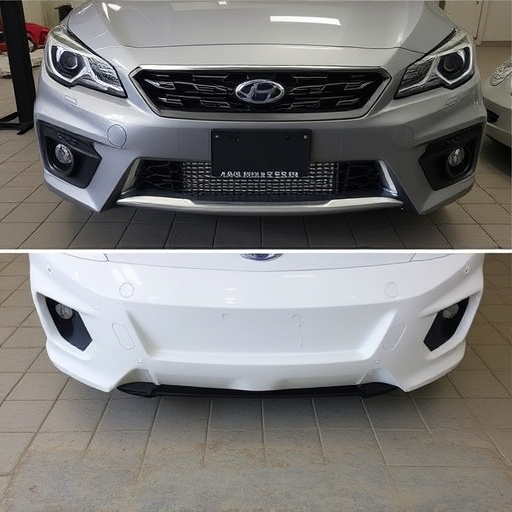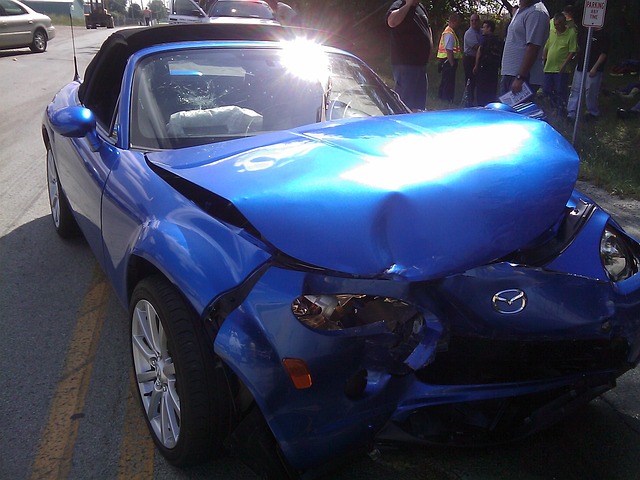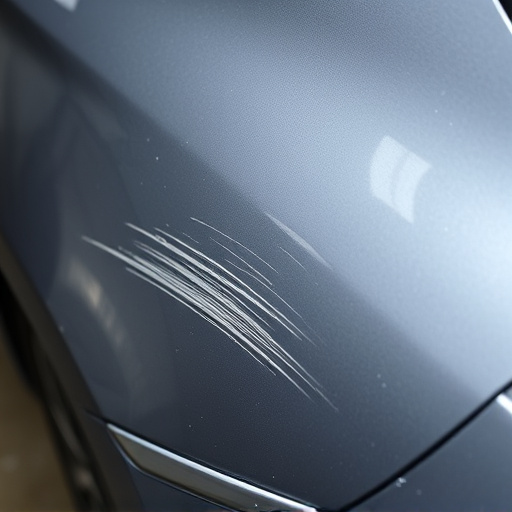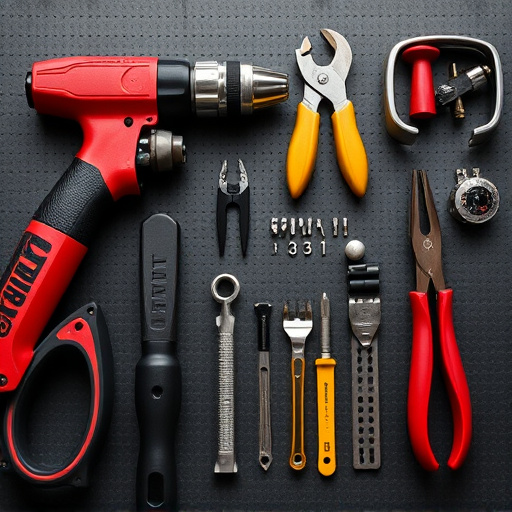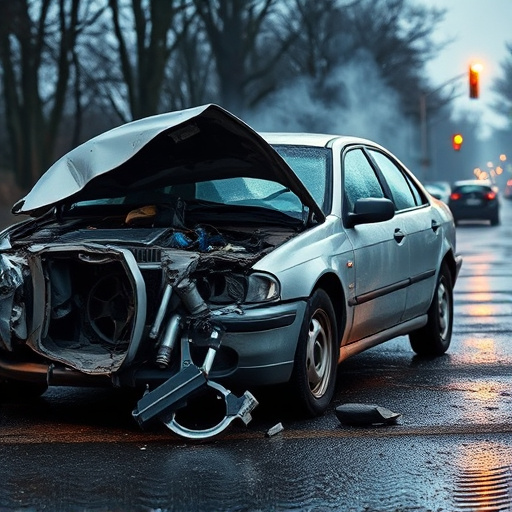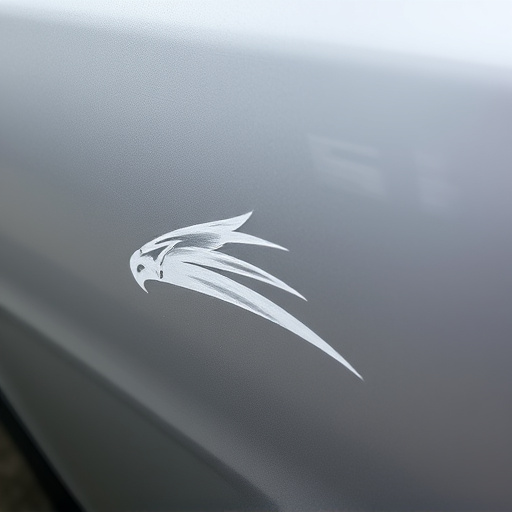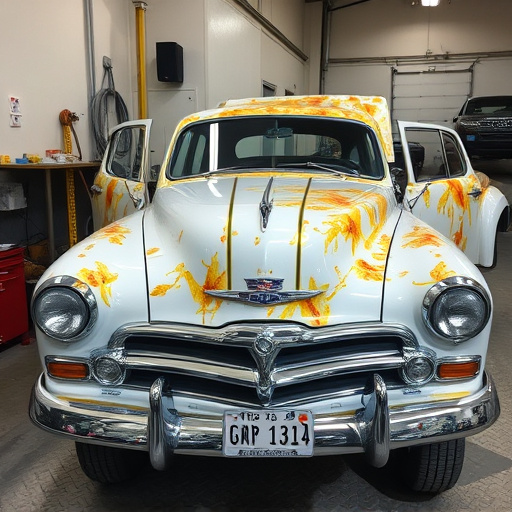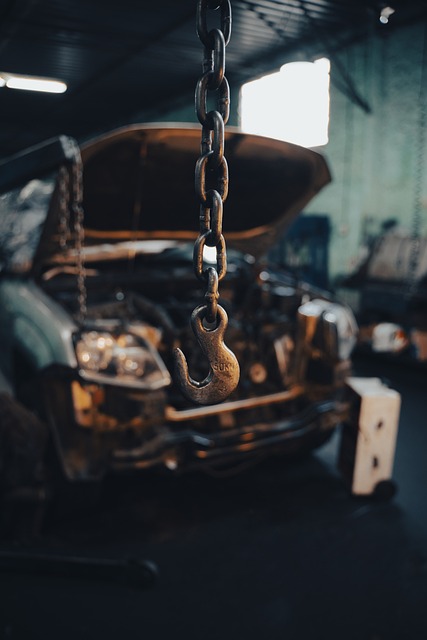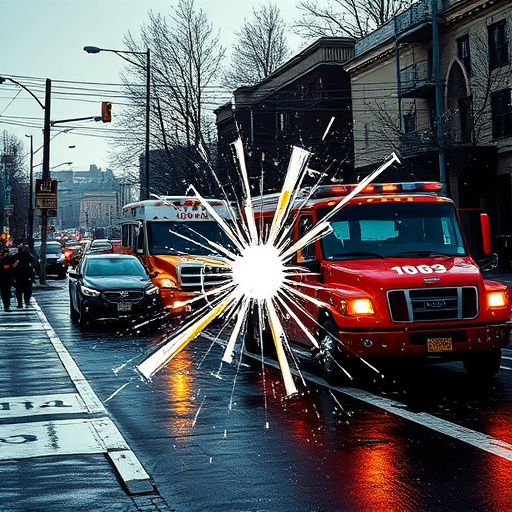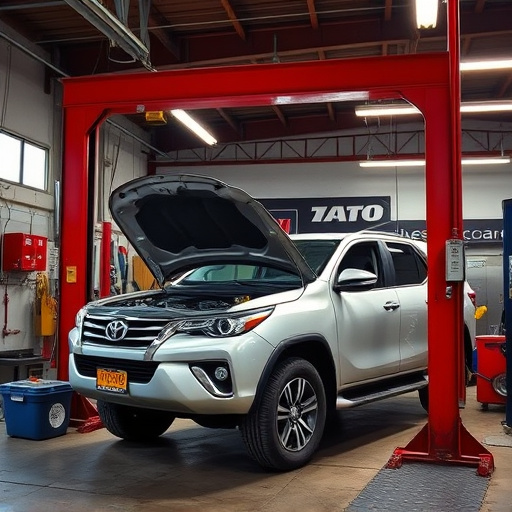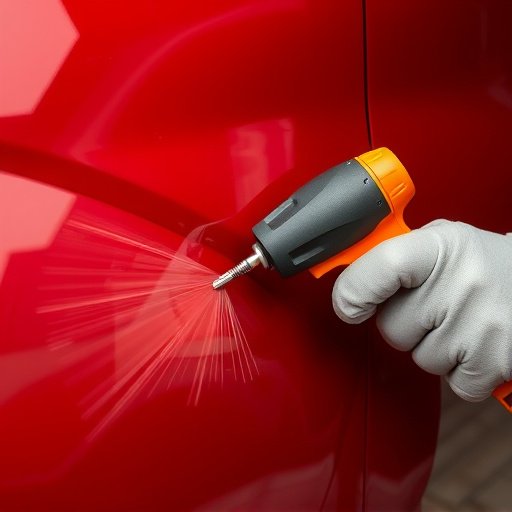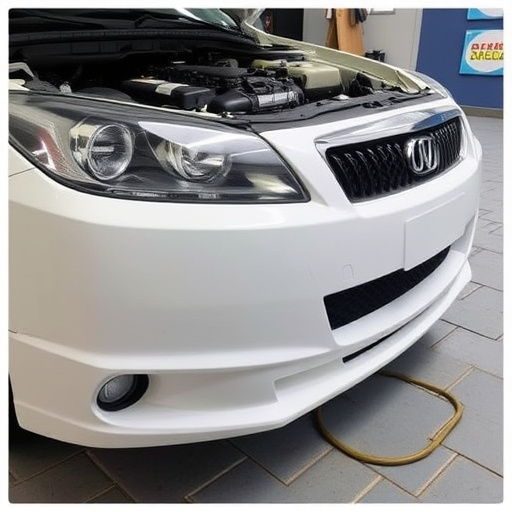Matte finish collision repair masterfully restores damaged cars by expertly layering paint to match original color and texture, concealing imperfections while preserving aesthetics and value for high-end vehicles, requiring skill and precision from experienced technicians at a reputable collision center.
“Uncover the art of restoration with ‘The Role of Layering in Pearl Finish Collision Restoration’. This comprehensive guide delves into the intricate world of automotive refinishing, focusing on the mysterious yet captivating pearl finish. We’ll explore the unique layering process essential for collision repair, ensuring a seamless and durable matte finish.
From understanding the fundamentals of pearl finishes to tackling the benefits and challenges of repair, this article is your key to mastering one of the industry’s most sought-after skills. Discover how the right techniques can transform damaged vehicles into gleaming masterpieces.”
- Understanding Pearl Finish: The Basics
- Layering Process in Collision Restoration
- Benefits and Challenges of Matte Finish Repair
Understanding Pearl Finish: The Basics
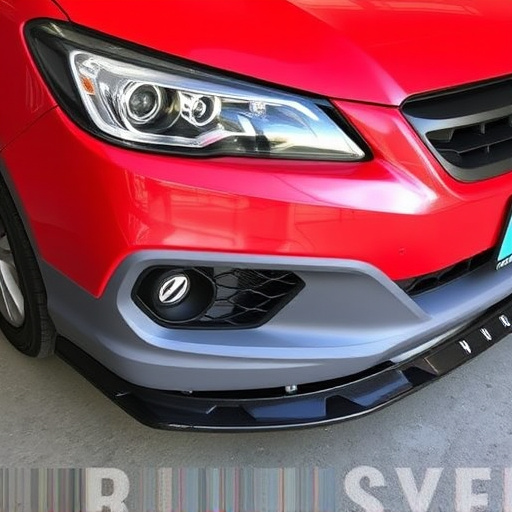
Pearl finishes have gained immense popularity in recent years, especially among car enthusiasts and vehicle owners who appreciate a unique, luxurious look. This distinctive finish is characterized by a complex interplay of light reflection and diffusion, creating a shimmering, iridescent effect that catches the eye. Underlying this beauty, however, lies a sophisticated process known as layering.
In the realm of matte finish collision repair, understanding these layers is crucial. The automotive body shop experts employ a meticulous approach, starting with careful preparation of the damaged surface to ensure optimal adhesion for each coat. Typically, several thin layers of paint are applied, each one building upon the previous, resulting in a rich, deep hue and an exceptional smooth texture. This method not only hides imperfections but also enhances the overall aesthetic appeal, making it challenging to distinguish repaired areas from the original vehicle body.
Layering Process in Collision Restoration

The layering process in collision restoration is a meticulous art that transforms damaged car bodywork into a pristine state. It begins with careful assessment and preparation of the dented or scratched area, ensuring the surface is clean and free from contaminants. This involves specialized cleaning techniques to eliminate any grease, dust, or debris that could interfere with the subsequent layers. Once ready, the restoration process commences with the application of base coats, designed to provide a smooth, even surface for the final finish. These base layers are crucial in preparing the car bodywork for the desired pearl finish, whether it’s a matte or glossy effect.
Each layer is meticulously built up, allowing time for drying and curing between applications. This layering technique ensures that any imperfections are consistently refined, creating a seamless transition from one coat to the next. The skilled restorer uses a combination of advanced tools and techniques to blend each layer perfectly, matching the color and texture of the luxury vehicle repair to its original state. By following this precise layering process, dent repairs can be almost indistinguishable, preserving the aesthetics and value of high-end cars.
Benefits and Challenges of Matte Finish Repair
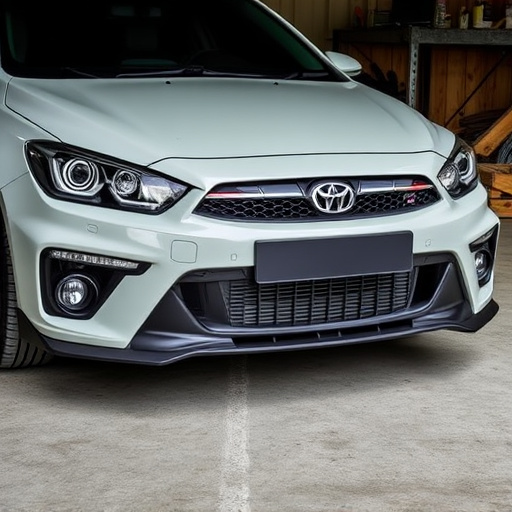
The process of matte finish collision repair offers a unique set of advantages for restoring damaged vehicles to their original condition. One of the primary benefits is its ability to conceal imperfections and scratches, providing an invisible fix that preserves the vehicle’s aesthetic appeal. This subtle approach is especially valuable for those who prefer a more discrete restoration method, ensuring the car retains its unique matte finish character.
However, navigating the challenges inherent in matte finish collision repair requires skill and precision. Unlike glossy finishes, achieving a flawless matte finish demands careful attention to detail, as any mistakes or inconsistencies can be readily visible. Additionally, sourcing the correct materials and techniques is crucial, as using the wrong products may result in an uneven or patchy repair that compromises the overall appearance of the fender or affected area. Thus, a reputable collision repair center with experienced technicians is essential for achieving top-notch results in matte finish collision repairs, ensuring vehicles return to their pre-accident condition seamlessly.
The intricate process of layering in pearl finish collision restoration offers a sophisticated solution for achieving a seamless, flawless matte finish. By carefully applying and blending specific coatings, professionals can expertly hide imperfections and damage, revitalizing vehicles to their pre-collision condition. While this technique presents unique challenges, particularly in matching the subtle nuances of pearl finishes, the benefits are undeniable. Matte finish collision repair allows for enhanced scratch and dent concealment, providing a durable, low-maintenance alternative to traditional finishing methods. This advanced approach ensures that damaged vehicles not only look their best but also maintain their aesthetic appeal over time.
